Overview
This article explores the environmental impact of pocket knife production, highlighting the importance of sustainable materials and practices, particularly in the handmade knives market. It discusses the carbon-heavy steel production process, the ecological implications of handle materials, and the life cycle of pocket knives from production to disposal. Consumers can mitigate environmental effects by choosing eco-friendly brands, engaging in DIY repairs, and supporting local artisans. Ultimately, making informed choices in pocket knife purchases contributes to a broader movement towards sustainable living.
Frequently Asked Questions
1. What environmental impacts are associated with pocket knife production?
2. How can manufacturers minimize the ecological impact of pocket knives?
3. What should consumers look for when choosing sustainable pocket knives?
4. How can consumers extend the life of their pocket knives?
5. What role do handmade knives play in sustainability?
When we think of pocket knives, images of sleek designs and rugged utility often come to mind. However, one crucial aspect is often overlooked: the environmental impact of pocket knife production. As we evolve toward a more sustainable lifestyle, understanding this impact is vital. This article delves into the ecological ramifications of producing pocket knives, particularly focusing on the handmade knives market, which emphasizes craftsmanship and sustainability.
The Materials Behind Pocket Knives
The first step in examining the environmental impact of pocket knife production is to analyze the materials used. Most pocket knives are crafted primarily from steel, along with various handle materials. Here, we’ll explore how these materials are sourced and their respective ecological footprints.
Steel Production: A Carbon Heavy Process
Steel is the backbone of most pocket knives, including handmade knives. The production of steel is notorious for its high carbon emissions, significantly contributing to climate change. Traditional steelmaking involves mining iron ore, which can lead to habitat destruction, soil erosion, and pollution.
Moreover, refining iron into steel requires immense amounts of energy, primarily derived from fossil fuels. This entire process releases millions of tons of CO2 annually into the atmosphere. As demand for knives increases, so too does the pressure on natural resources, making responsible sourcing more critical than ever.
Handle Materials: Natural vs. Synthetic
In addition to steel, pocket knives often feature handles made from various materials, including wood, plastic, and composite materials. Sustainable options like sustainably sourced wood can lessen environmental impact, while plastics often derived from non-renewable sources contribute to pollution.
Consider handmade knives that use natural materials, which promote a minimal environmental footprint. By opting for sustainably harvested woods or recycled materials, manufacturers can create products that are not only appealing but also eco-friendly.
The Eco-Friendly Revolution in Knife Manufacturing
As consumers become more environmentally conscious, knife manufacturers are adjusting their practices. The rise of eco-friendly manufacturing practices in the handmade knives market is a noteworthy trend that stands out. Here, we discuss the steps manufacturers can take to minimize their ecological impact.
Sourcing Sustainable Materials
To produce pocket knives responsibly, manufacturers can turn to sustainable raw materials. Many brands are now focusing on using recycled metals and responsibly sourced natural materials. This practice ensures that the extraction and processing of resources are done ethically and with a minimized carbon footprint.
Innovative Production Techniques
In the handmade knives arena, innovative production techniques play a vital role in reducing environmental impact. Artisan knife makers often rely on traditional methods, which tend to use less energy than mass automated processes. For example, hand-forging techniques can conserve energy while yielding high-quality results, proving that craftsmanship and sustainability can coexist.
The Life Cycle of Pocket Knives
Understanding the environmental impact of pocket knives also requires analyzing their complete life cycle—from production to disposal. Each stage contributes differently to their overall ecological footprint.
Production Stage
As discussed, the production stage of pocket knives significantly impacts the environment. Choosing sustainable materials and practices can mitigate these effects. However, standards can vary widely among manufacturers, making it essential to seek brands committed to environmental responsibility.
Use Stage
During their lifespan, pocket knives are products of tangible utility. A well-cared-for pocket knife can last for generations, making them a more sustainable choice compared to disposable tools. The durability of handmade knives, known for their quality and longevity, supports a culture of reuse and conservation rather than wastefulness.
End of Life Stage
Finally, the end-of-life stage presents its challenges. Many pocket knives are not biodegradable, especially those made with synthetic materials. However, manufacturers focusing on natural and recyclable materials help ensure that knives can be disposed of responsibly. Some brands even offer recycling programs to minimize environmental impact post-consumer use.
DIY Practices: Repairing and Reusing Pocket Knives
Consumers can also play a significant role in reducing the environmental impact associated with pocket knives. One effective way to contribute is through DIY practices that promote repairing and reusing knives.
Sharpening Your Blade
Instead of replacing a dull knife, consumers can extend its life by learning the art of sharpening. Using tools like whetstones or honing rods, anyone can keep their pocket knife in optimal condition. This practice not only prolongs the life of the knife but also reduces the demand for new products.
Handle Replacement and Customization
Damaged handles can often be replaced or customized, especially in high-quality handmade knives. This not only gives a personal touch to the knife but also avoids the need for disposal. By engaging in small repairs, knife owners contribute to environmental sustainability.
Choosing the Right Brands
When it comes to selecting a pocket knife, it’s essential to choose brands that prioritize sustainability. Paying attention to the company's practices can guide consumers toward responsible choices.
Certifications and Transparency
One method of evaluating brand responsibility is through certifications and transparency. Look for companies that are certified for sustainable practices, providing documentation on their sourcing and manufacturing processes. Transparency can build trust and encourage eco-friendly behavior from both producers and consumers.
Supporting Local Artisans
By purchasing from local artisans who produce handmade knives, consumers can often ensure that their knives are made using sustainable practices. These craftsmen frequently prioritize ethical sourcing, low-impact production, and quality, leading to environmentally friendly outcomes.
The Broader Perspective: Pocket Knives and Sustainable Living
Ultimately, the environmental impact of pocket knife production ties into a broader narrative of sustainable living. In an age where consumer choices can shape industries, every decision counts. Understanding the facets of pocket knife production helps consumers align their purchases with their values.
Joining the Sustainable Movement
By actively choosing handcrafted products, individuals participate in a larger movement toward sustainability. Handmade knives not only represent superior craftsmanship but also often reflect a commitment to environmental stewardship. The shift towards sustainable living can be reflected even in the small choices we make in our everyday lives.
Navigating the Future of Pocket Knives
As we face pressing environmental challenges, the handmade knives movement presents a beacon of hope. It highlights the importance of quality, sustainability, and craftsmanship — traits worth cherishing in any product we consume. By supporting eco-friendly practices, consumers not only enjoy the benefits of functional tools but also contribute to a healthier planet.
In this journey of discovery, every pocket knife purchased with awareness is a step toward a sustainable future. As consumers, we wield the power to influence change; the blades we carry can become symbols of a responsibility-driven lifestyle. Let's choose wisely, embracing the handcrafted embellishments that promote not just our needs but the well-being of our environment.






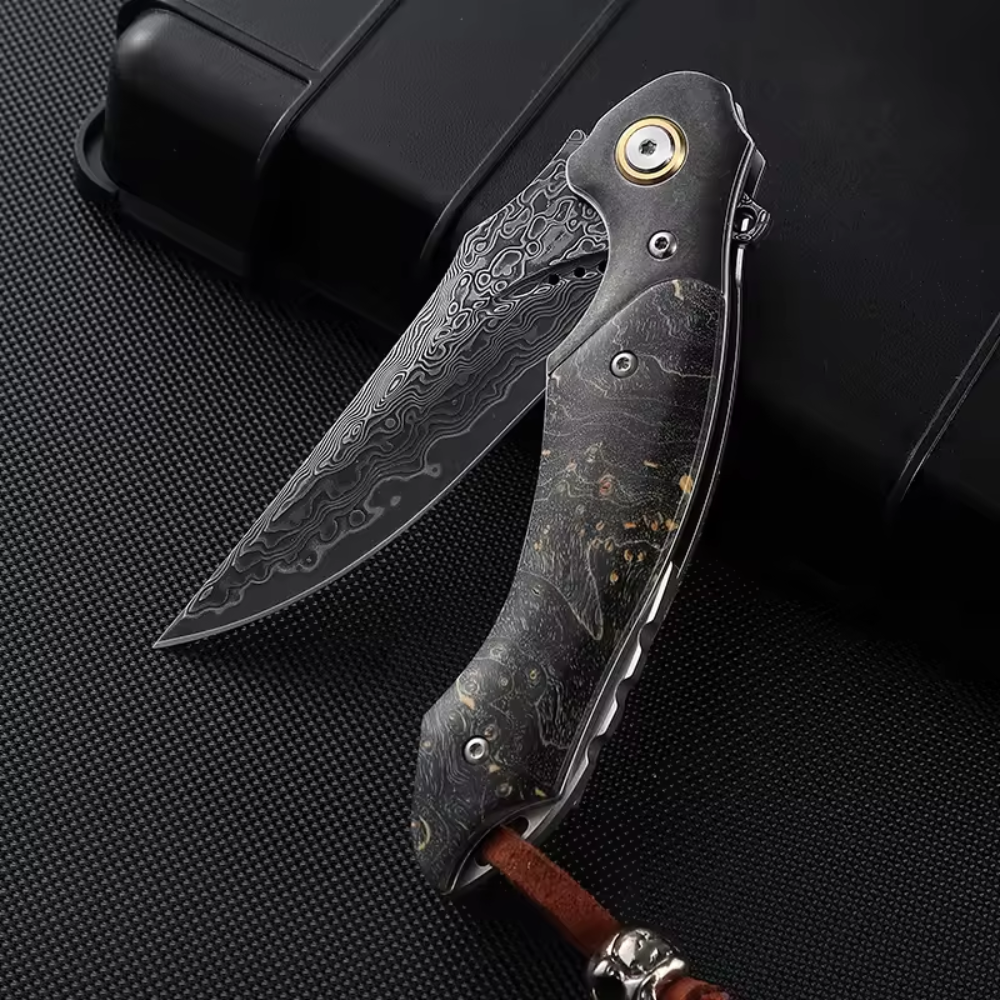

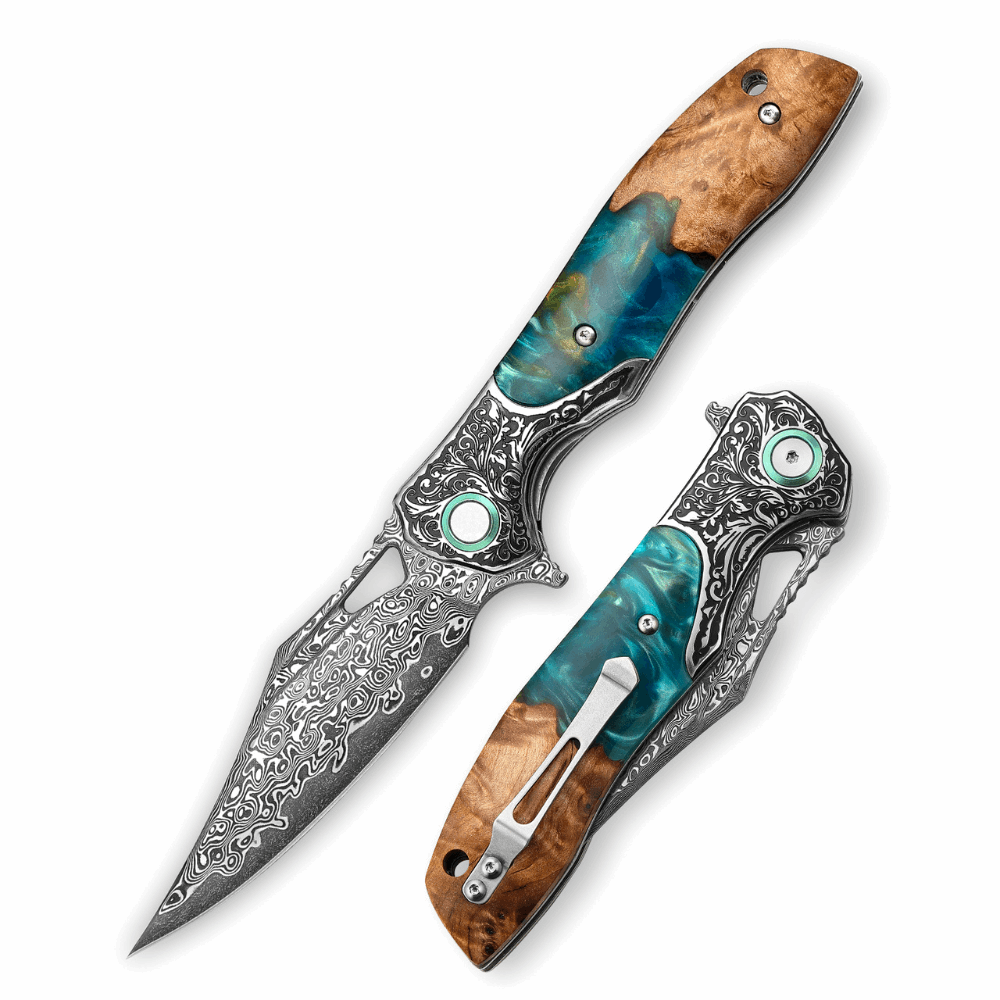
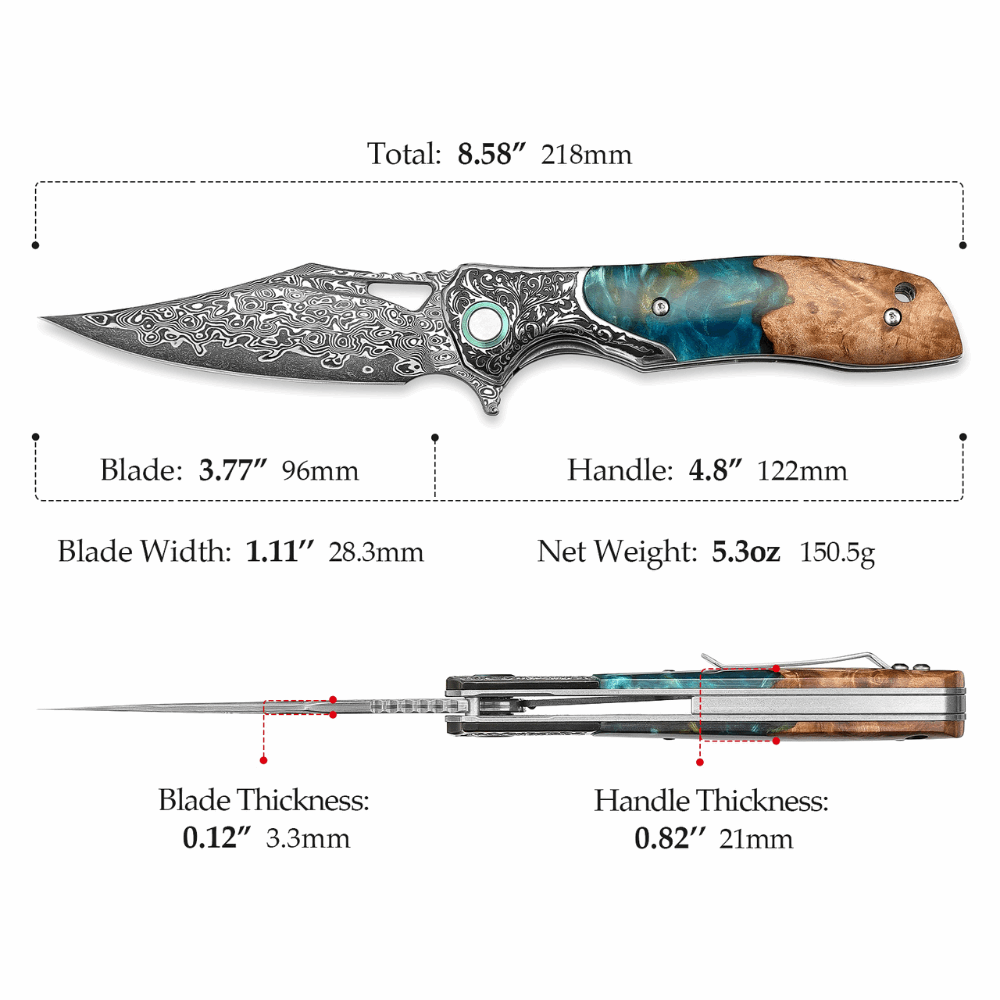
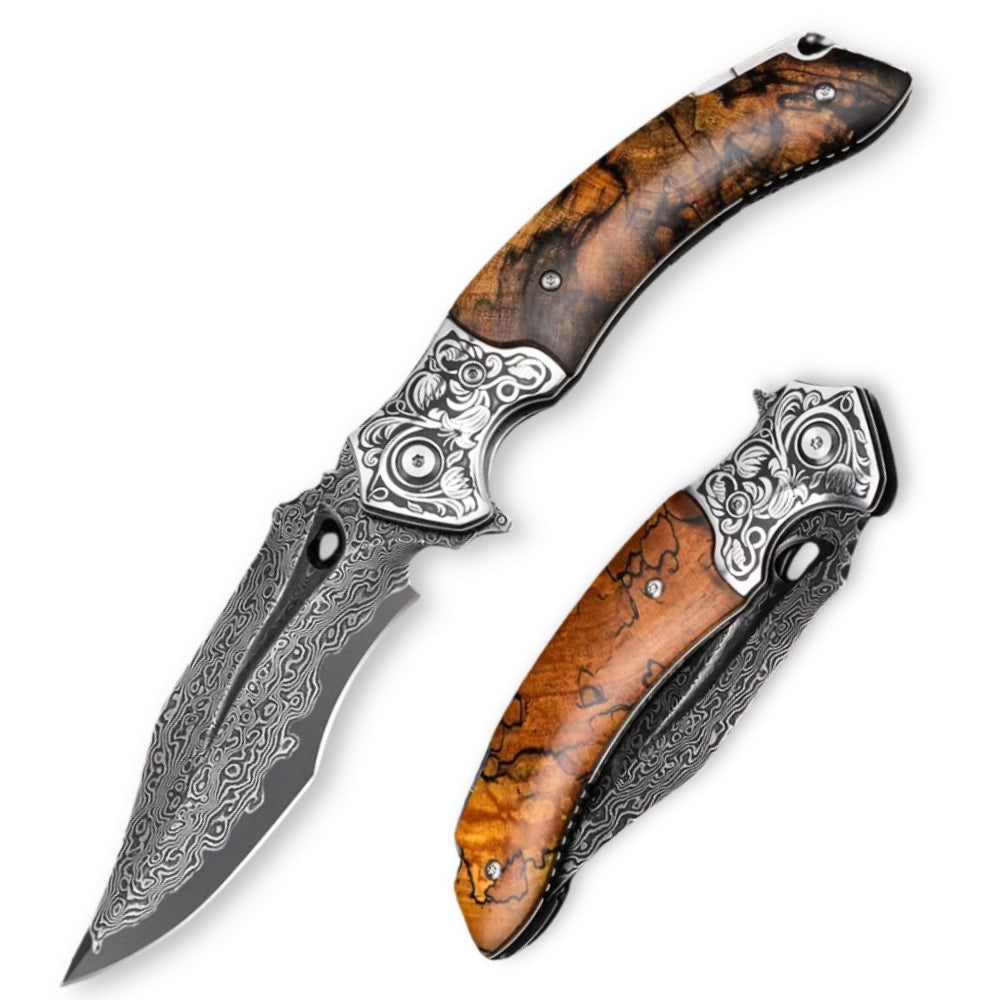

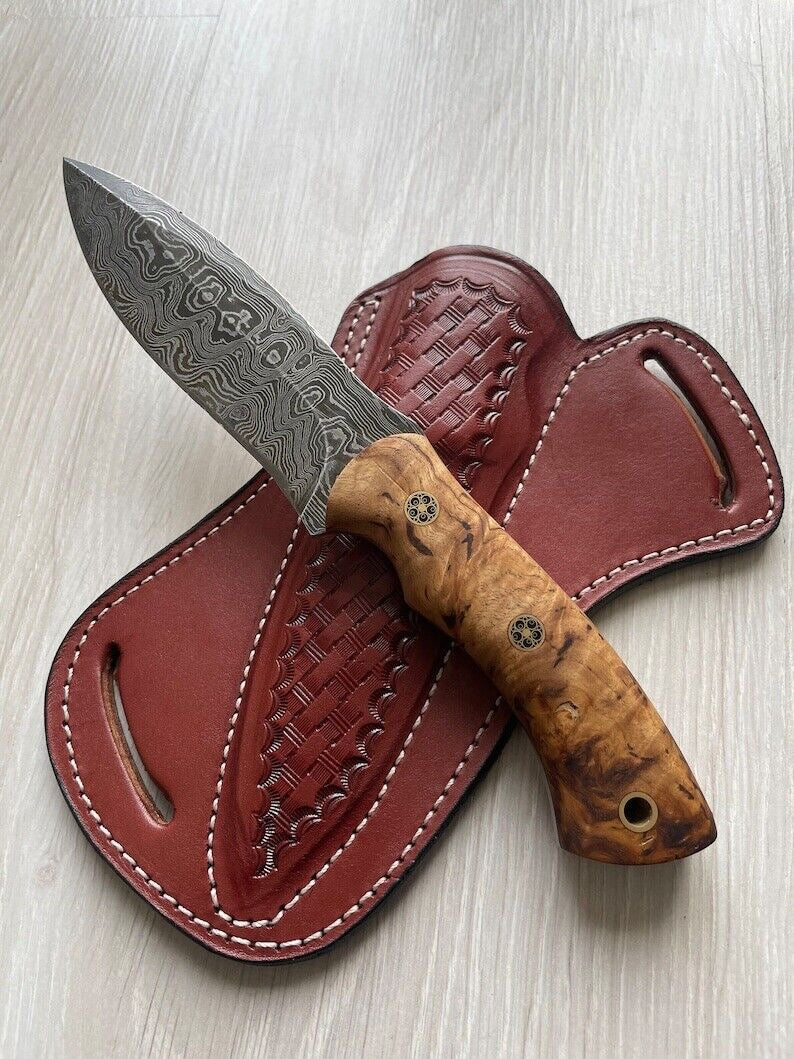
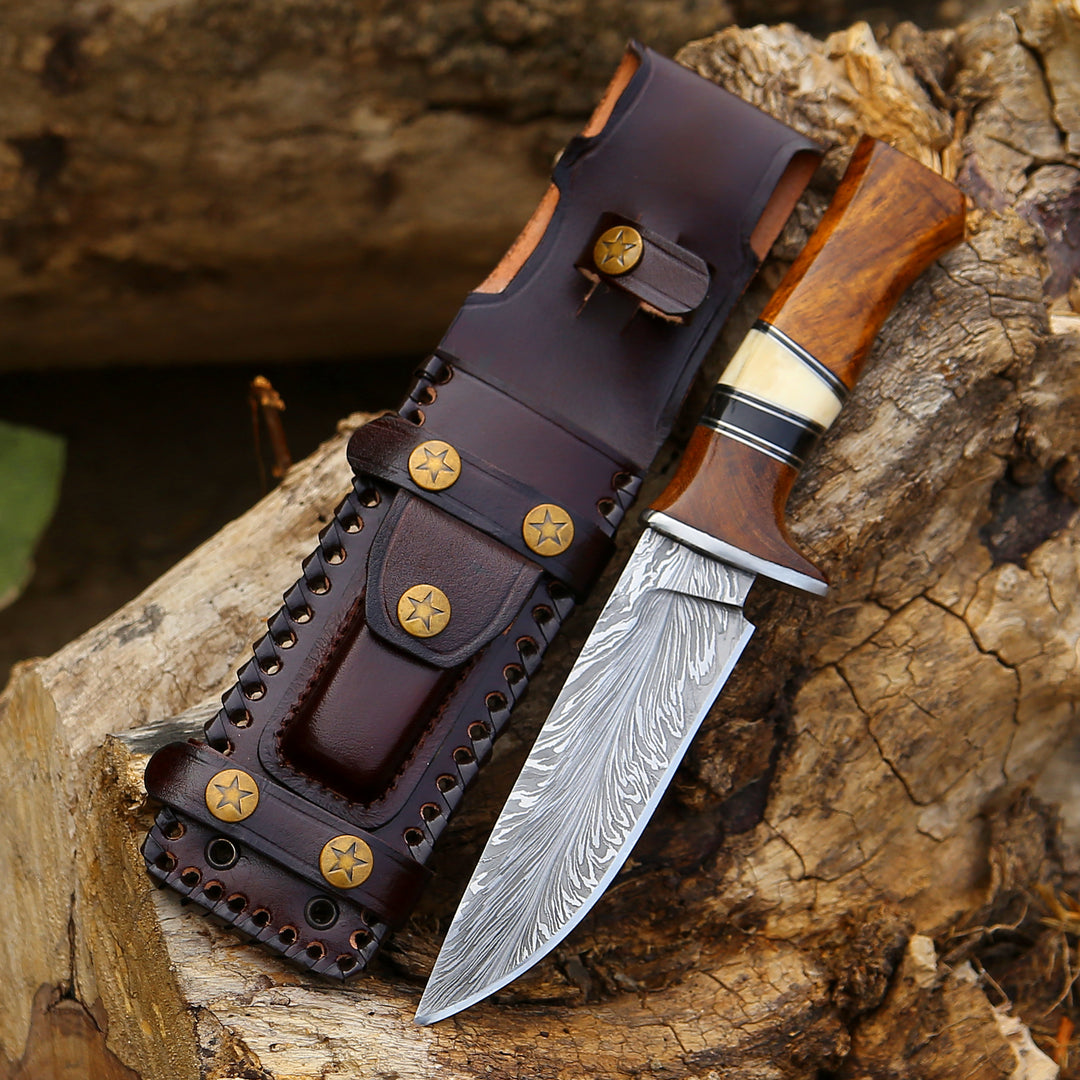

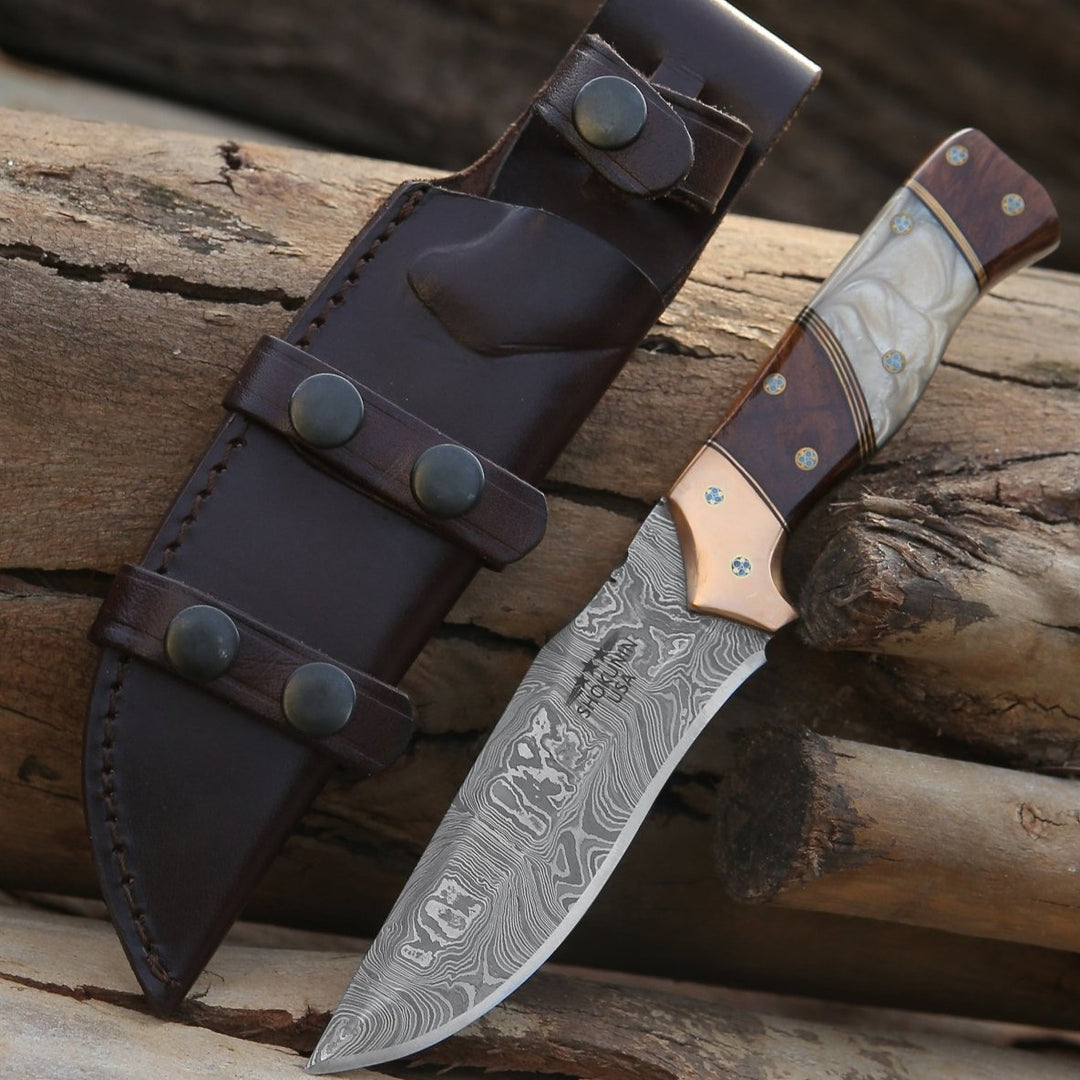
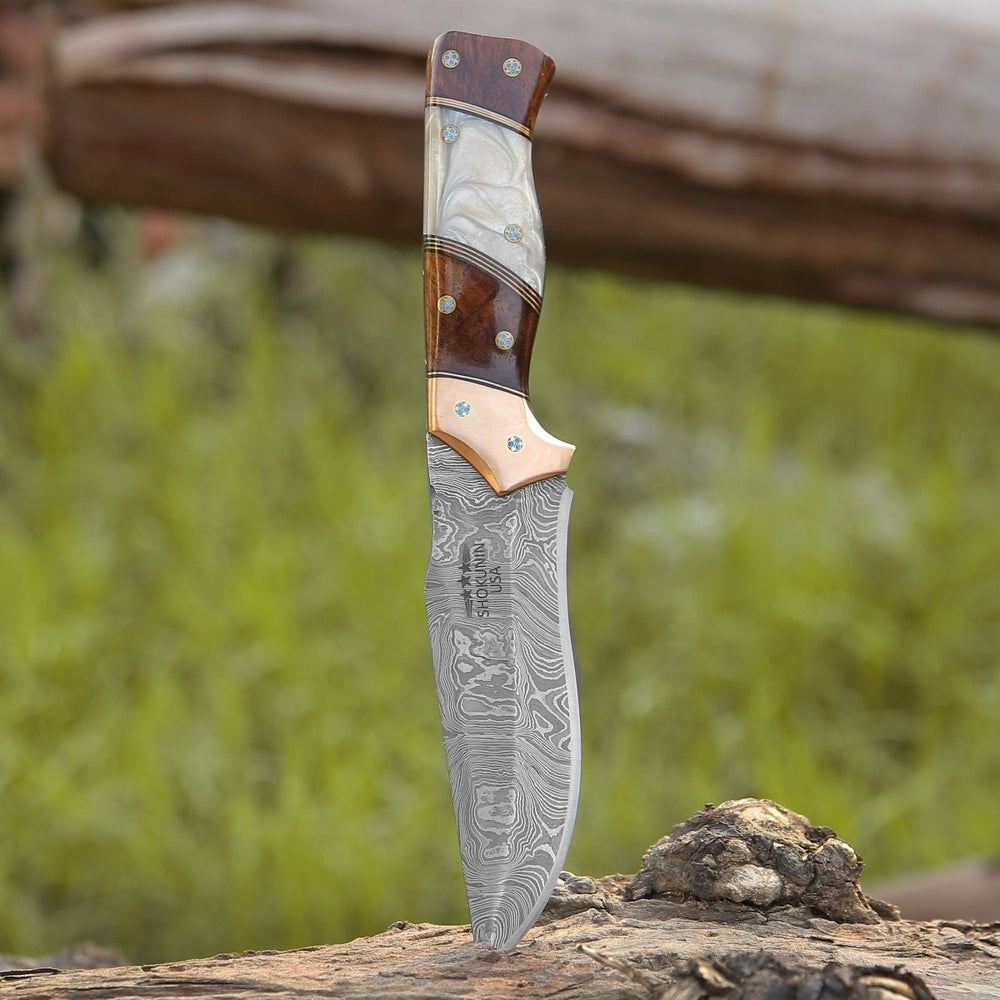
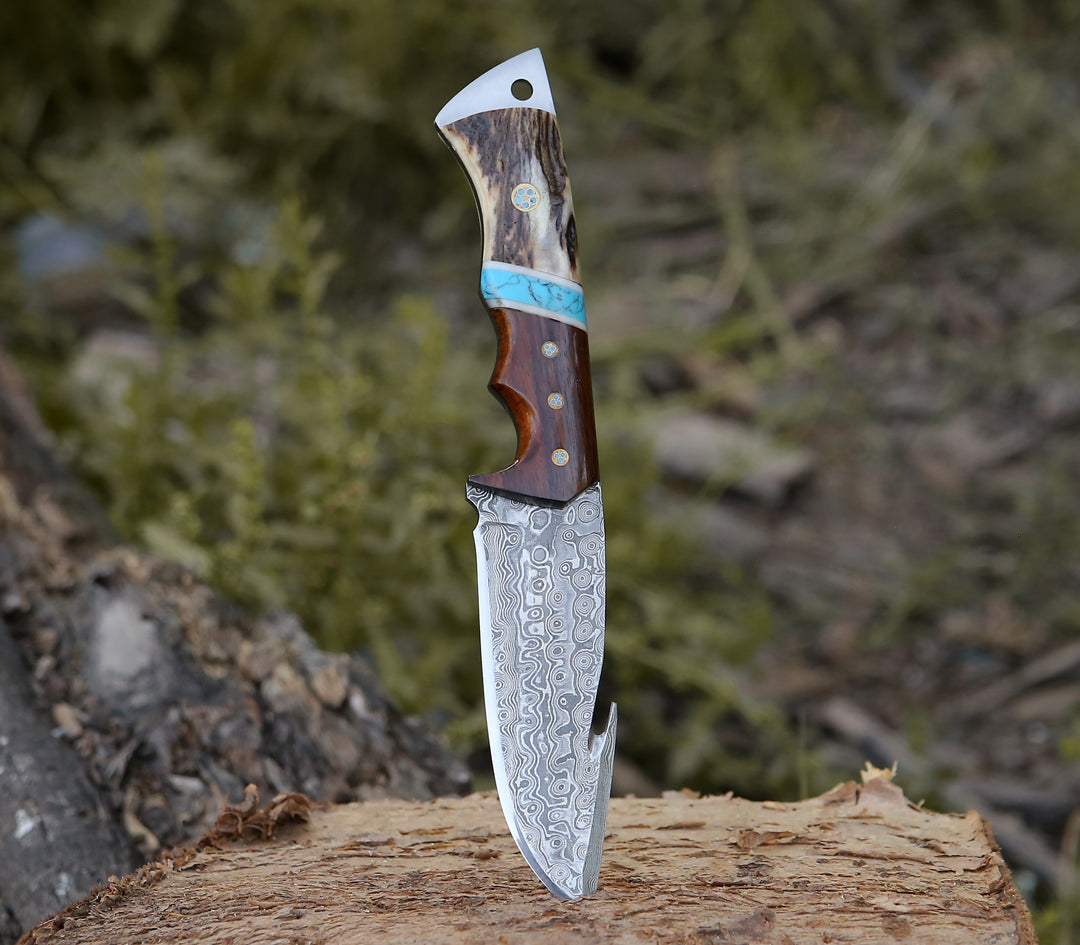
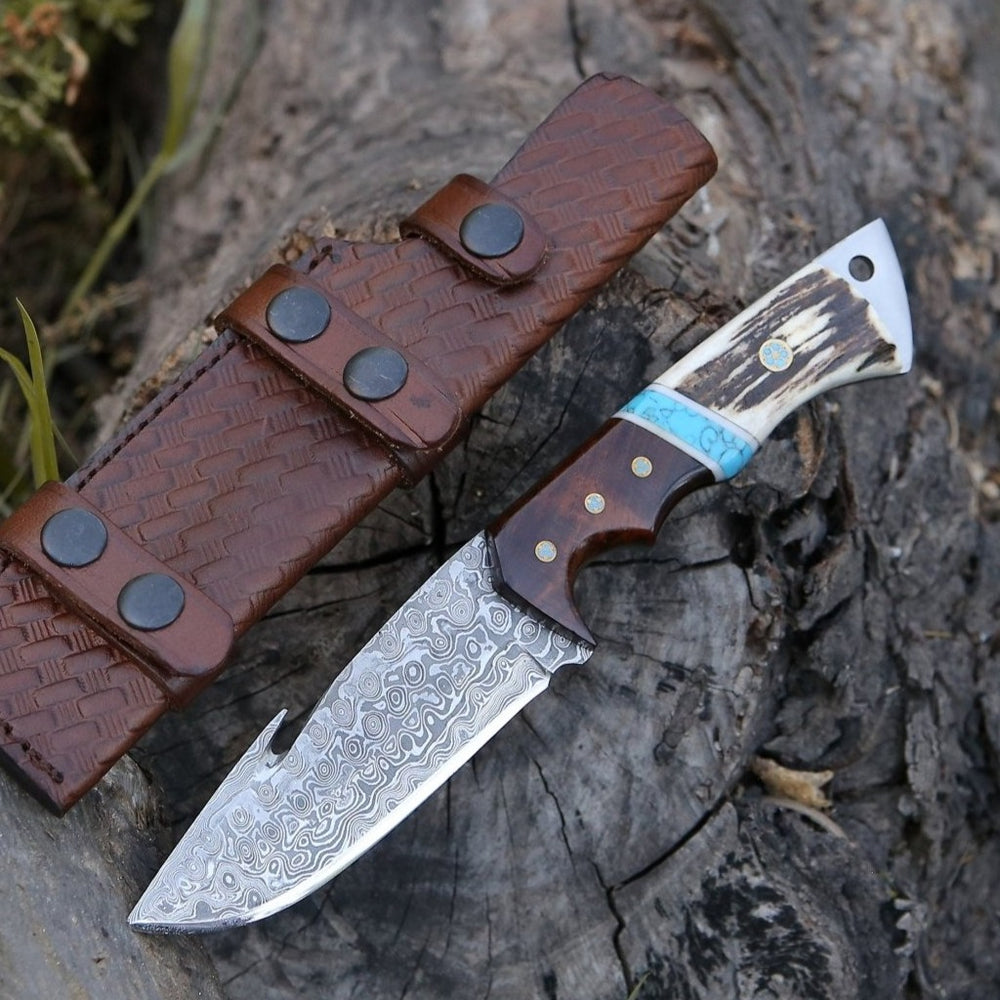
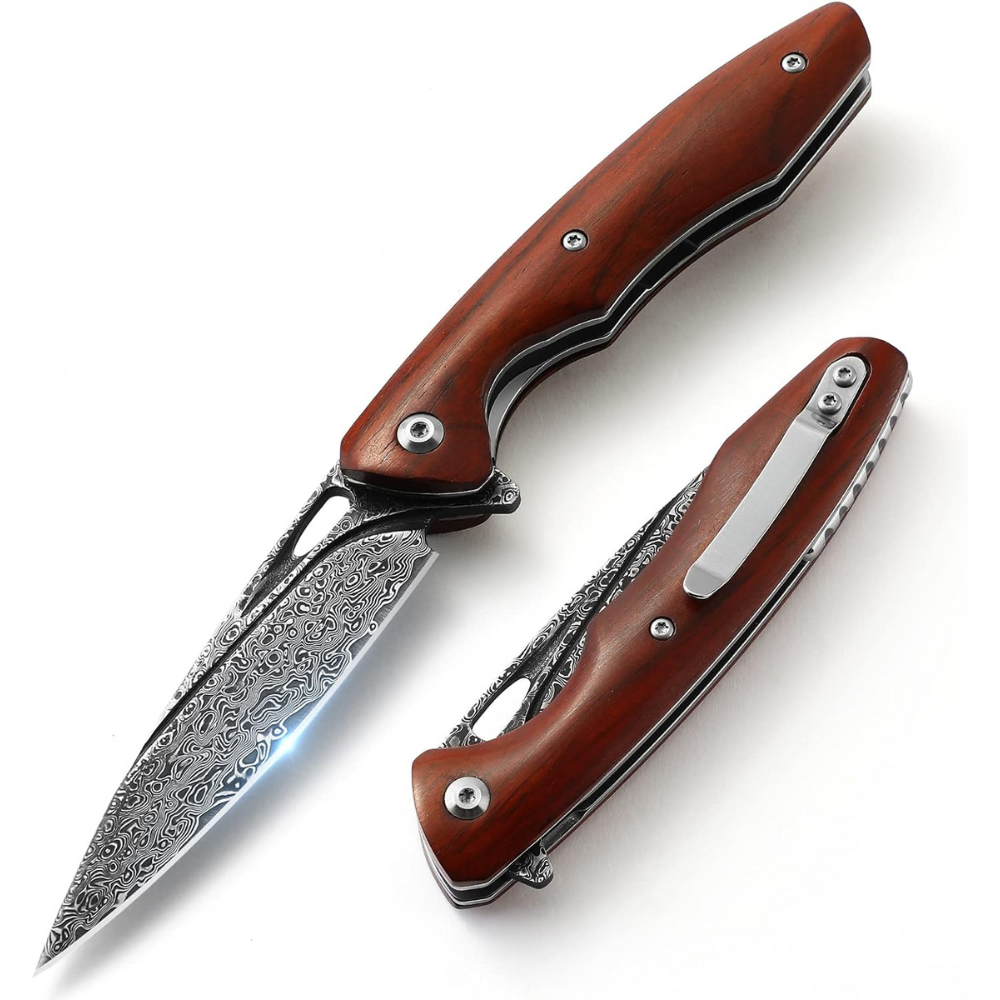
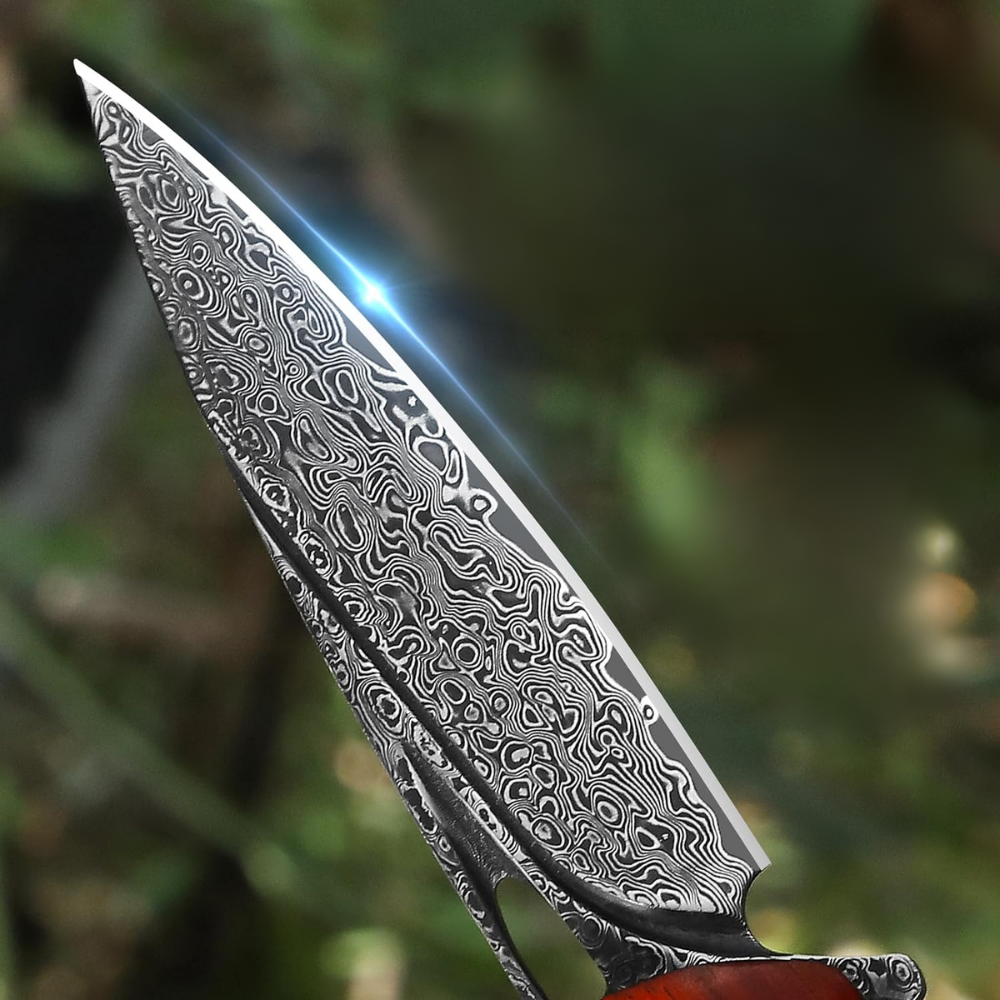
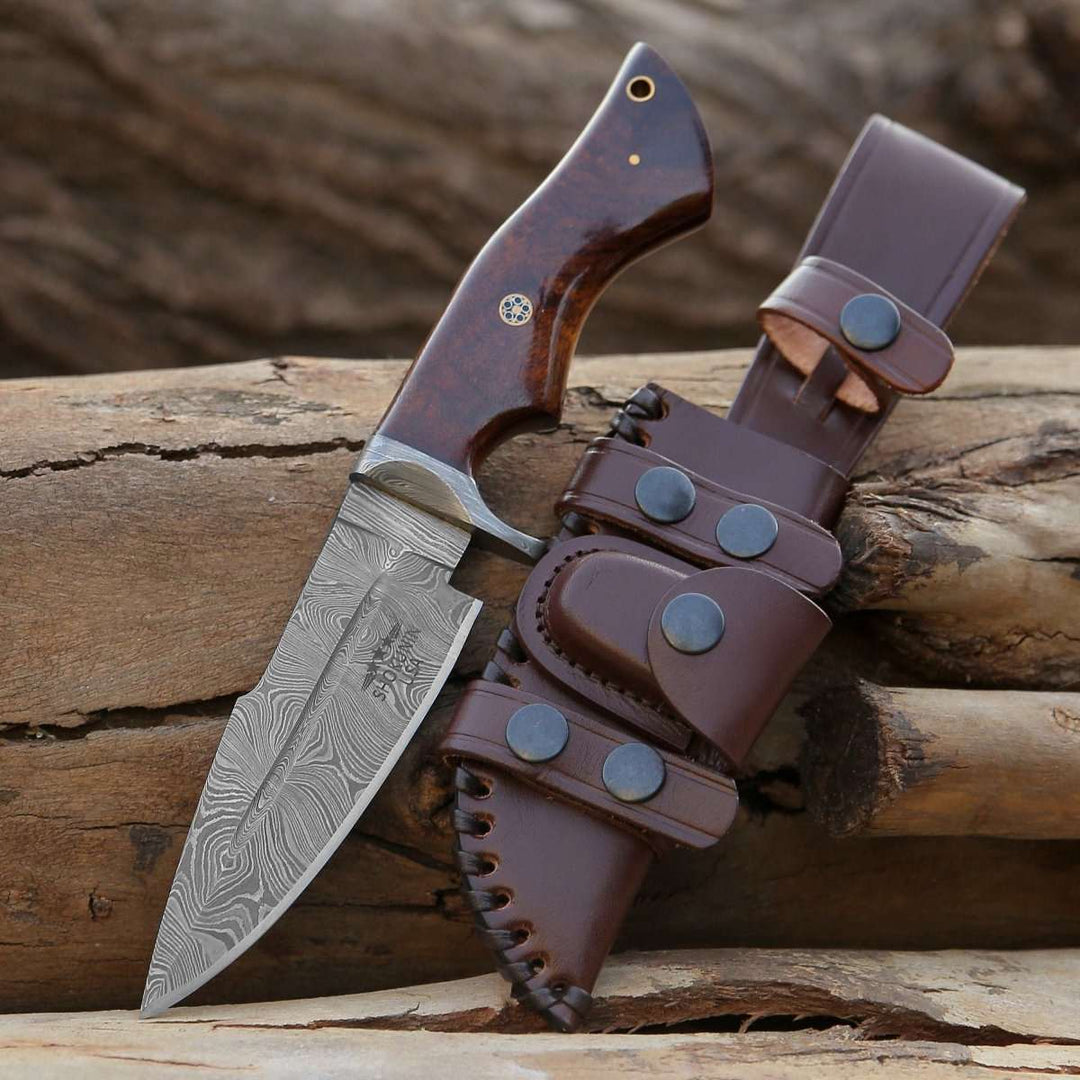
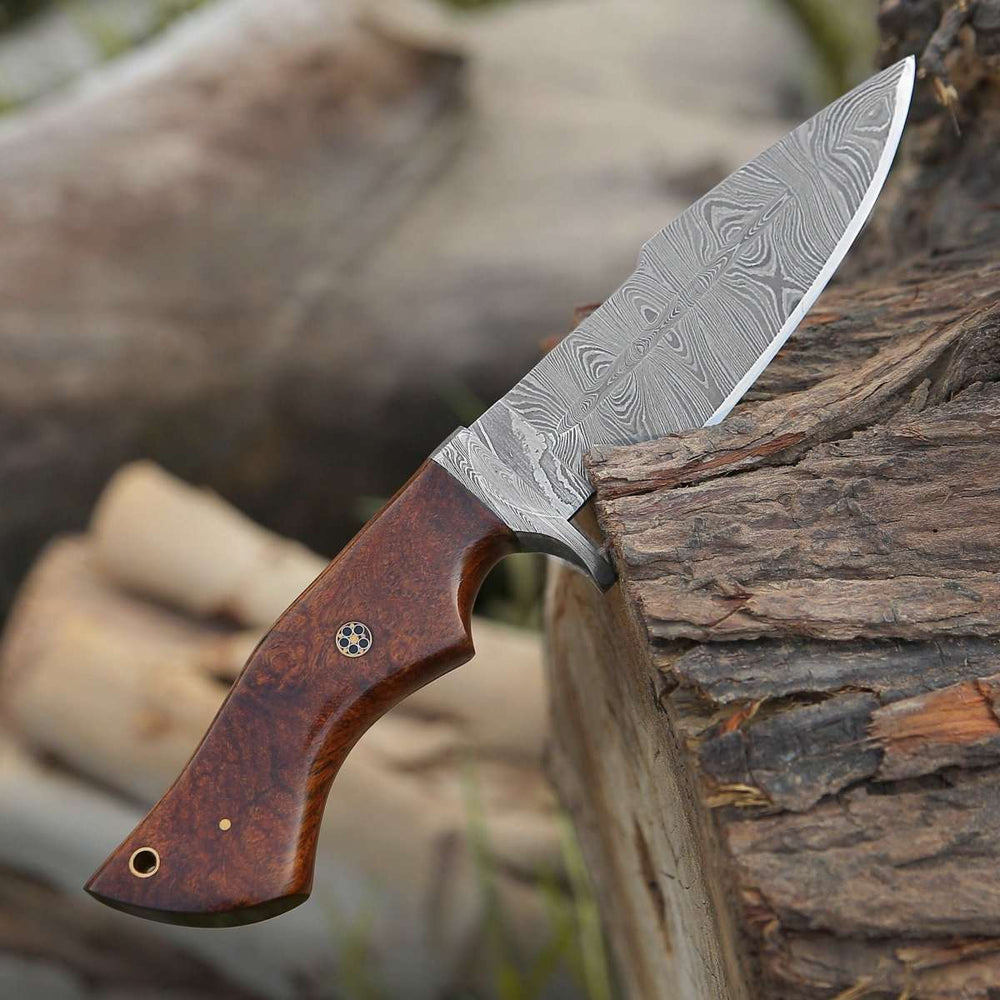
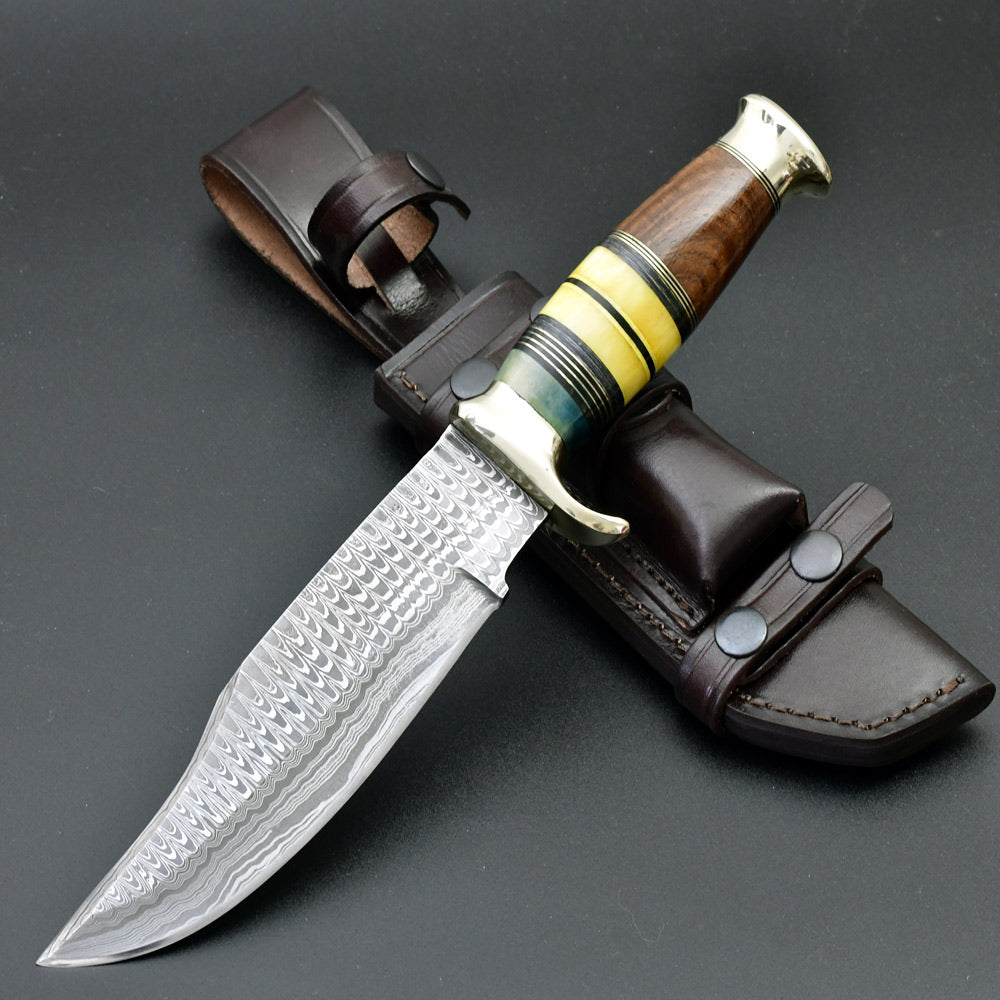

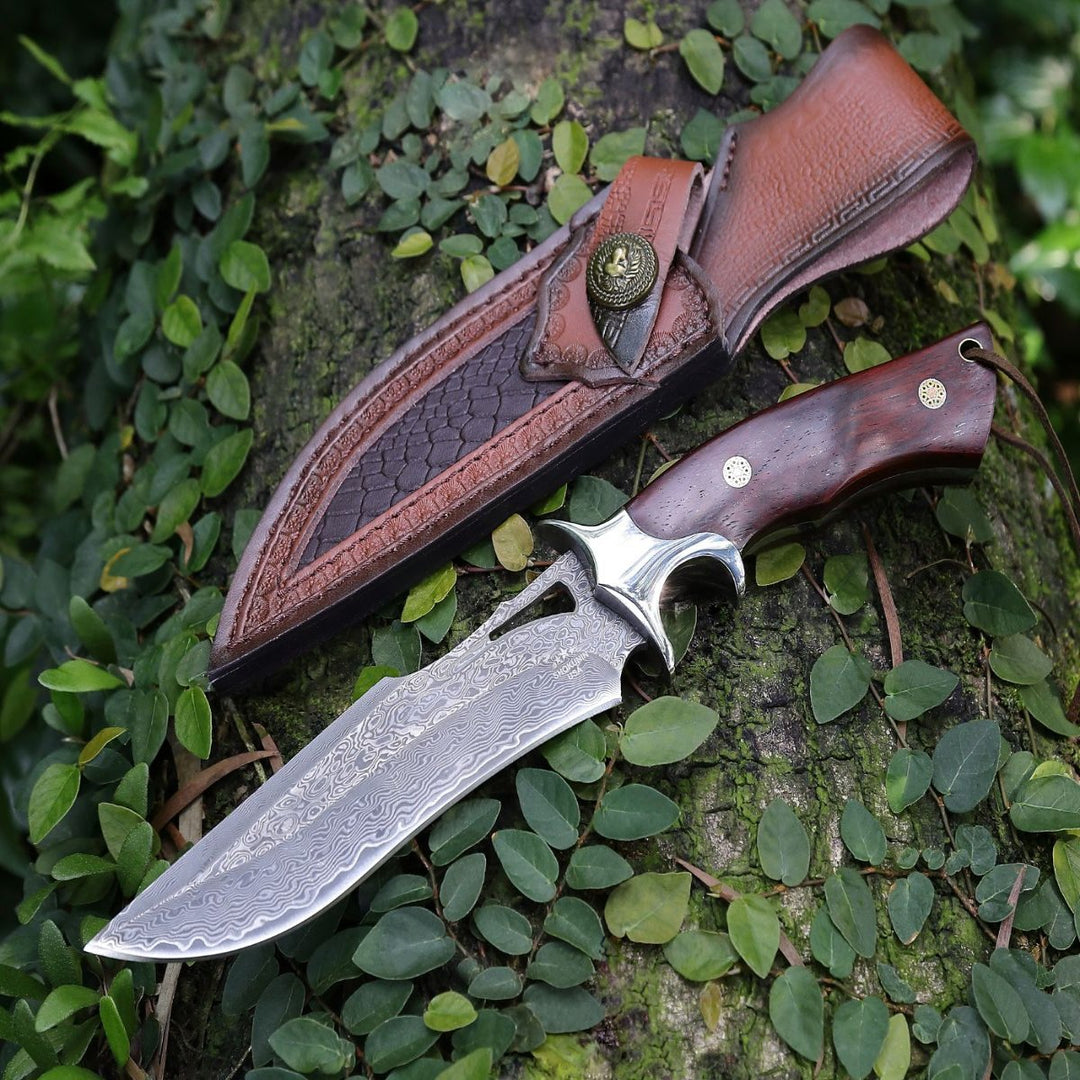


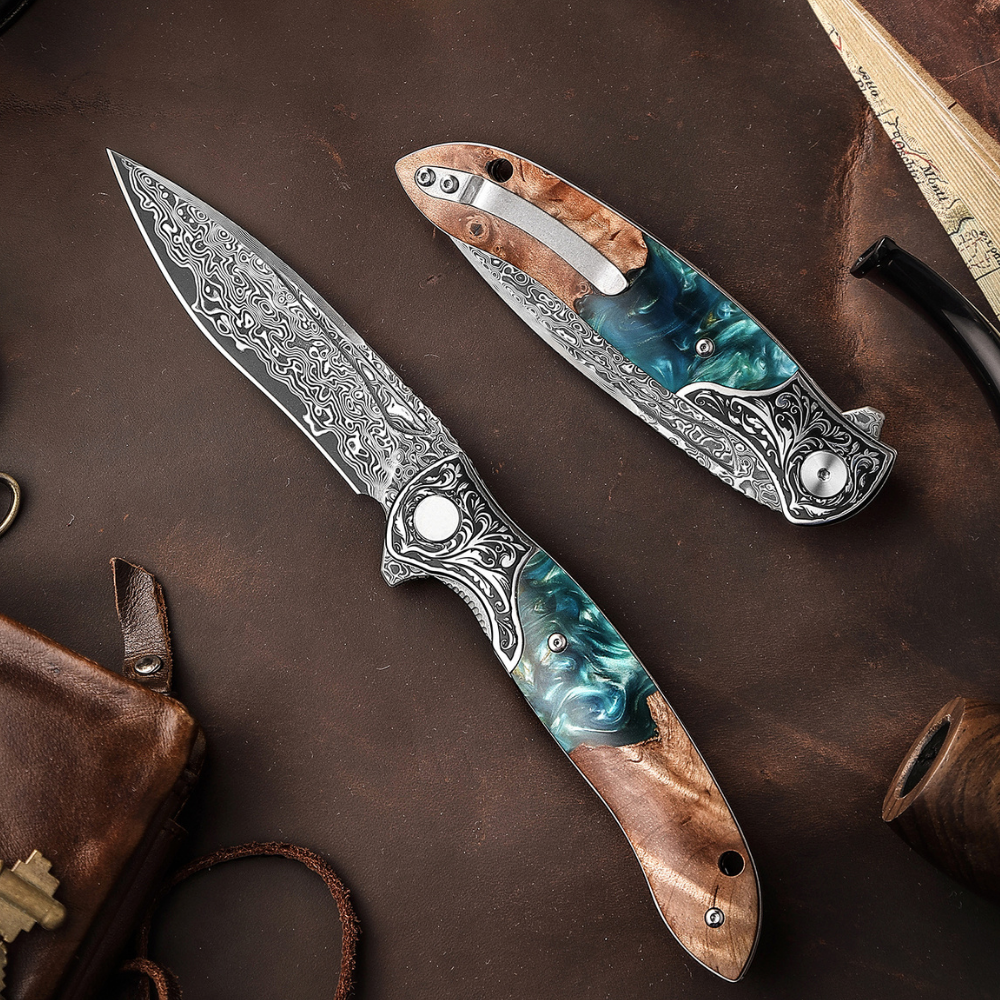
Leave a comment